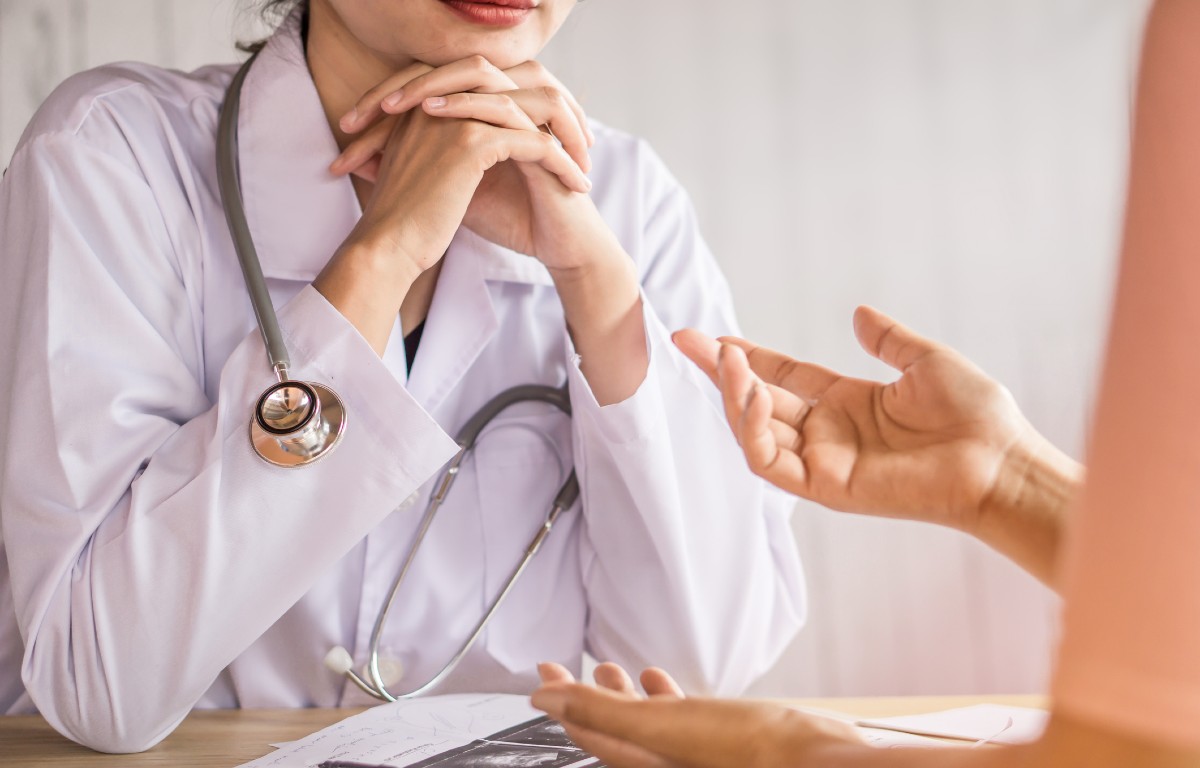
I woke up at 3 a.m. recently worried about Jane, an unvaccinated colleague. Jane is efficient, kind, and compassionate, and she’s wonderful to patients, staff, and students. With the increase in the numbers of the delta variant of COVID-19, I’ve been losing sleep. Most of us in medicine have a little post-traumatic stress from the March/April 2020 COVID-19 surge.
As of the end of June 2021, Jane had been hesitant to get a COVID-19 vaccine. It had been over a year and she was free of the virus. Many of the staff members in our building had gotten COVID-19, but no one had died. Many patients and staffers had reported feeling lousy after the vaccines. There were reports in the media about rare complications with the vaccine, some real (e.g. blood clots) some unfounded (e.g. fertility issues). The number of confirmed cases was down, and masks were coming off. New York City had officially opened up. It seemed as if we were coming out of the pandemic.
When I told Jane that I woke up in the middle of the night worried about her, and specifically worried about the delta variant, she listened. As she had told me in prior weeks, she would think about it, though she wanted to see how others fared after vaccination. We briefly discussed the millions of doses already administered and the small complication rate. There is a fine line between sounding paternalistic and invading a colleague’s privacy, but as a physician I worry about everyone’s health and of course would love to attain herd immunity. I was also thinking of the race to curtail the possibility of the virus mutating to an even more virulent strain. I thought it was just another week when I would mention the vaccine and she would not get it. But this time, Jane told me she was thinking about getting the vaccine. So I went back to my desk, logged on to the EPIC information system, and started working away. Fifteen minutes later, I heard a ping on my phone and saw a text from Jane. It was a screenshot of her appointment time for the vaccine the following day. I sat at my desk crying. I was overwhelmed. Clearly Jane had been thinking about vaccination. Maybe my nudging helped put her over the edge? Then I started extrapolating: How many lives were saved here? And should I be personalizing my approach to all who were vaccine hesitant?
I went on vacation the next day and texted Jane to see how she was feeling. She did not have any major issues with the first vaccine. The next dose is coming up and she is aware that some patients are sicker after the second dose. Vaccine hesitancy is real, and so is the need to overcome it. In the Bronx, there are areas where only 40 percent of those eligible have received both doses. We can all do a small part to convince and encourage those who are on the fence. Maybe only a small percentage of the hesitant patients, friends, or employees will actually get vaccinated, but every person counts.

